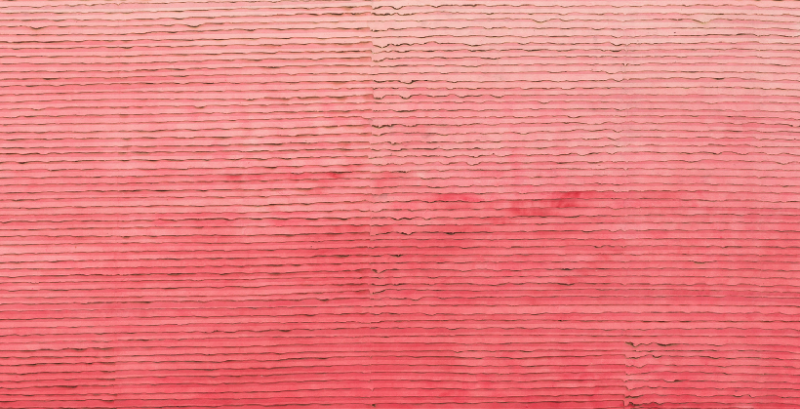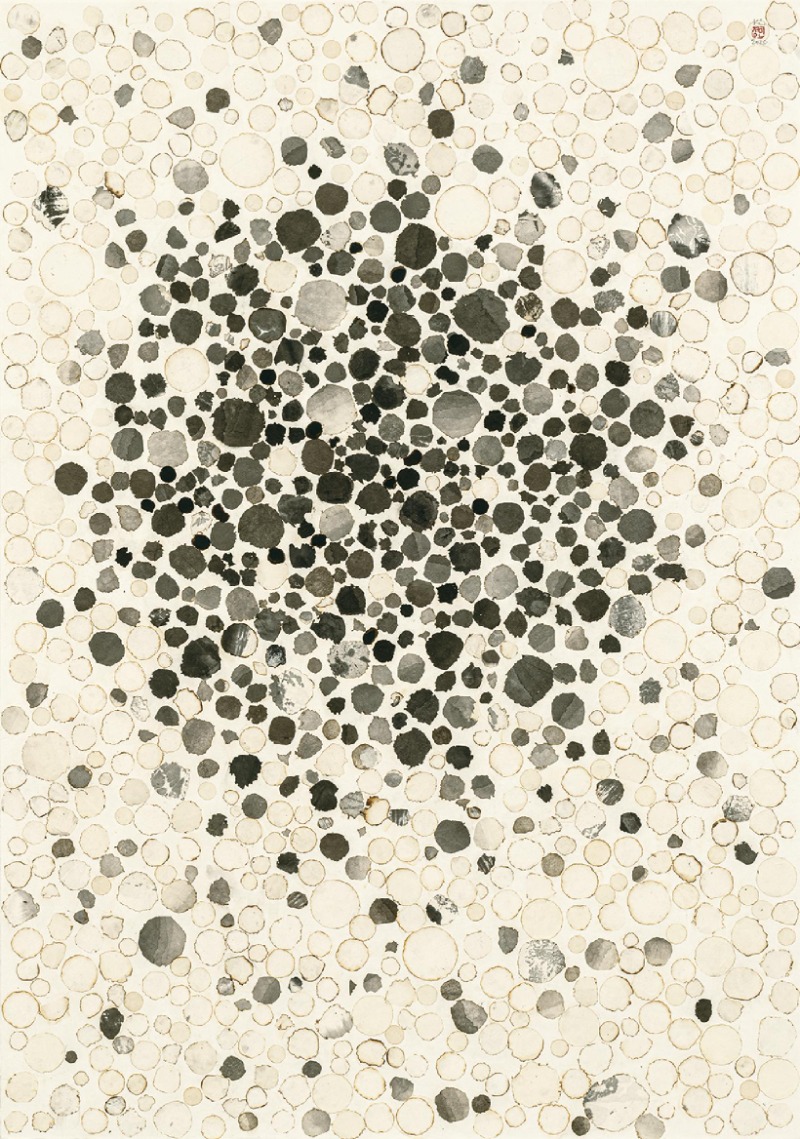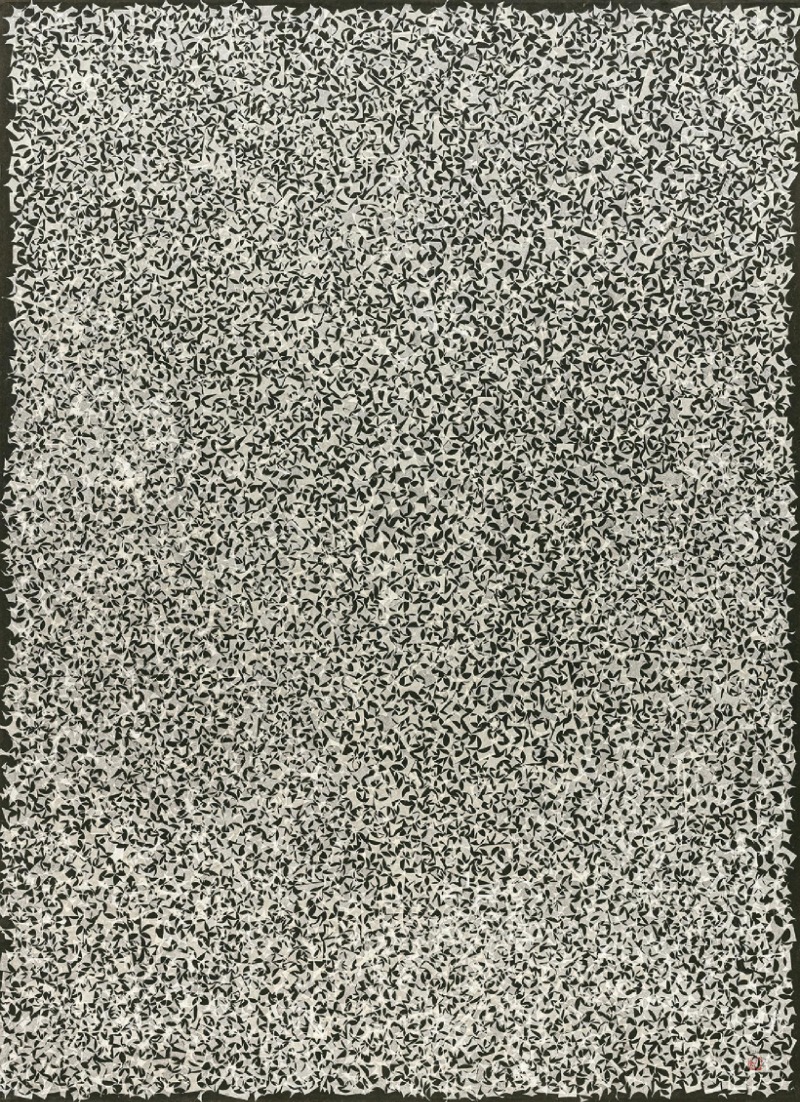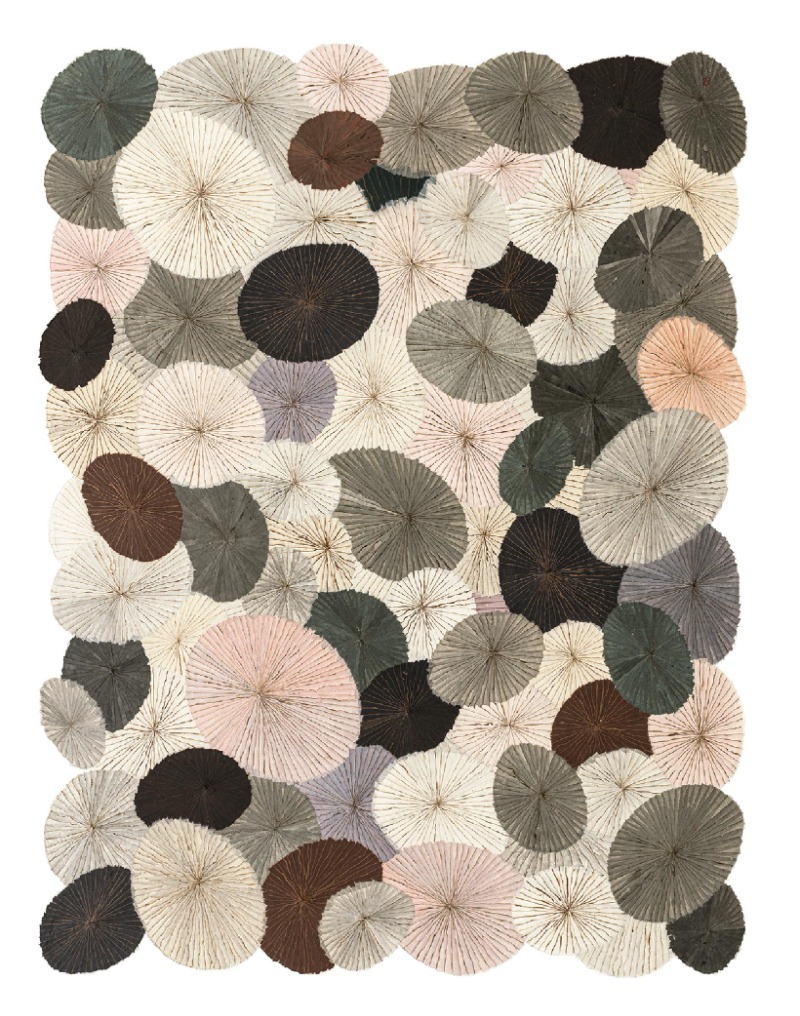
| Period| | 2021.02.19 - 2021.03.28 |
|---|---|
| Operating hours| | 10:00~18:00 |
| Space| | Gallery Hyundai/Seoul |
| Address| | 14, Samcheong-ro, Jongno-gu, Seoul, Republic of Korea |
| Closed| | Mon |
| Price| | Free |
| Phone| | 02-2287-3500 |
| Web site| | 홈페이지 바로가기 |
| Artist| |
김민정
|
정보수정요청



|
|
Exhibition Information




"Time is not existing. We extract time through phenomena of mutation – biological process. I paint mountains and I cut and burn to make a cage of tide and I glue them. Trace of existence of mountain becomes the sounds of the millennial tide. Horizon of ink colored stripes gives me a sense of timeless."- Minjung Kim Gallery Hyundai is pleased to present Minjung Kim's solo exhibition Timeless. For the last three decades, Minjung Kim has been presenting works that ingeniously combine East Asian traditions of ink-on-paper painting with the compositional language of Western abstract art. Following Paper, Ink and Fire: After the Process in 2017 by four years, this second solo exhibition includes Kim’s most iconic series Mountain, The Street, Sculpture, Story, and Timeless, as well as the new The Water, Couple, and thirty-or-so other recent works. The title Timeless not only signifies the endless, eternal, and unchanging, but is also eponymous to the series of works being introduced to Korea for the first time. In a larger sense, it summarizes the complexities of Kim’s creative process: the persistent beauty of Korean hanji paper that endures thousands of years, the artist’s ritualistic act of evening her breath before burning Korean paper, then the repetitive, labor-intensive process of meticulously placing those pieces of paper by hand. Furthermore, it reflects her intention to visualize in the language of contemporary art revelations of East Asian philosophy such as reincarnation, Yin and Yang, emptiness and fullness. Minjung Kim’s artworks always embark from Korean hanji paper. Korean paper does not remain merely at the background of what is being depicted - for the artist, it functions as both shades of color and the subject of painting in itself, a stage for mediation and training. It is also a location where religion and history are inscribed, a means to transcend human mortality towards eternity. Having played with paper like she would toys at her father's small printing studio, Kim studied calligraphy and watercolor from a young age dreaming of becoming an artist, and would go on to major in East Asian painting at Hongik University and its graduate school. But whereas many young Korean artists at the time studied abroad in New York or Paris, Kim left for Italy in 1991 out of admiration and curiosity towards Renaissance art. She enrolled in Milan’s Accademia di Belle Arti di Brera where the compositional grammar of Western Art as we know it was born. It was there that Kim returned to Korean paper that she could work with best like her own skin, a material that represented her cultural identity as East Asian as well as the foundation for her creative spirit. She perceived Korean paper as a work of art on its own, creating pieces from it yet highlighting its original material qualities. In the 1990’s, Kim presented ink abstract paintings maximizing the staining and blooming effects of ink and watercolor, and later in the same decade prepared to boldly discard conventions of East Asian painting by starting to burn parts of her works with fire. At the start of the new millennia, the artist solidifies collage work that experiment with Korean paper as material support. In the process of investigating lines as the basis of East Asian painting, she would start to burn Korean paper, seduced by lines of a different sense: those created from the “collaboration” of paper and fire. The destructive act of burning and obliterating the most delicate human invention, paper, with candle or incense light led to revelations on the power of nature and the sense of self-restraint. Transfiguring these into creative energy, the artist created her own iteration of ink lines, namely burnt marks that leave a deep, sticky taste. Kim explains that the split moment of burning Korean paper contains many thousands of years that it takes for paper to disintegrate and disappear. In that Korean paper is made from mulberry or paper mulberry tree barks as much as ink sticks are made from soot fixed with glue, all the materials at the artist’s disposal embark from nature and return to it. In their material and subject, content and form, the concepts of repetition and circulation motivates Minjung Kim’s oeuvre. Kim completes her work through meticulous handiwork and concentration on Korean paper, like a master craftsperson. She uses straw cutters or fire to create ovals or strips of colorful Korean hanji paper pieces, which are then placed upon a background of Korean paper - countless variations of shade, form, and texture create a sense of suspension in space and unresolved aesthetic tension. Three-dimensional effects at the fine seams between thin paper pieces evoke the diligent movements of the artist’s hands and their inherent tactility. The creative process is in itself a ritual journey from chaos to order, static to movement, impulse to restraint. In an interview with curator Hans Ulrich Obrist, the artist compares it to “a road towards a spiritual state.” “Basically, not only being an artist I always want my status as anima to be very free and to be in line with the natural order. For me, repetition means losing yourself and going deep inside yourself. I feel that it is the way of practicing Zen or meditation. Once you start to repeat for hours and hours you completely lose your circumstance which I like because I feel so cleansed. This feeling is addictive.” Each work, born as a result of meditative labor, does not reveal their particular subject matter - yet, it opens up various points of connection depending on the experience and memory of viewers, from misty mountain tops or flowers blooming on hills to umbrellas on rainy streets. On the first floor at Gallery Hyundai, we are offered a glimpse at the artist’s methodology of connecting the sense of an infinite expanse of time in Korean hanji paper to forms and impressions of nature that inspire her. It includes the Pieno di Vuoto series where Korean paper collage resembles flowers at full bloom, the Timeless and The Water series that visualize sounds of water or waves, and Nautilus with overwhelmingly dense layers of Korean paper of a single color filling up the canvas from center to each corner. On the second floor is Timeless along with other representative works The Street, Mountain, and Story. The three series exemplify Minjung Kim's transition of particular sceneries or subjects into abstract patterns. Lastly on the basement floor, you can find The Room, Corner, Sculpture, Couple, and Order and Impulse, where opposing concepts and energies - coincidence and premeditation, impulse and order, what has been cut out and what remains - coexist in a single picture plane.
